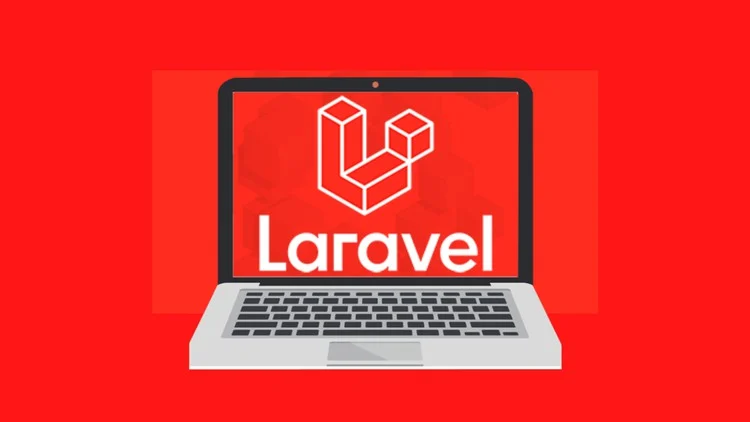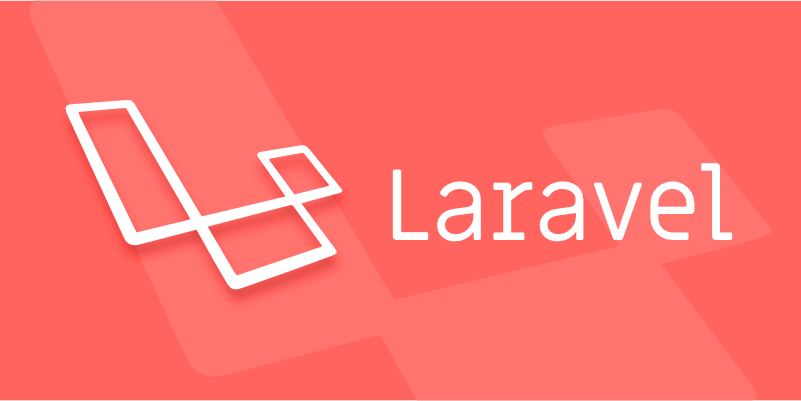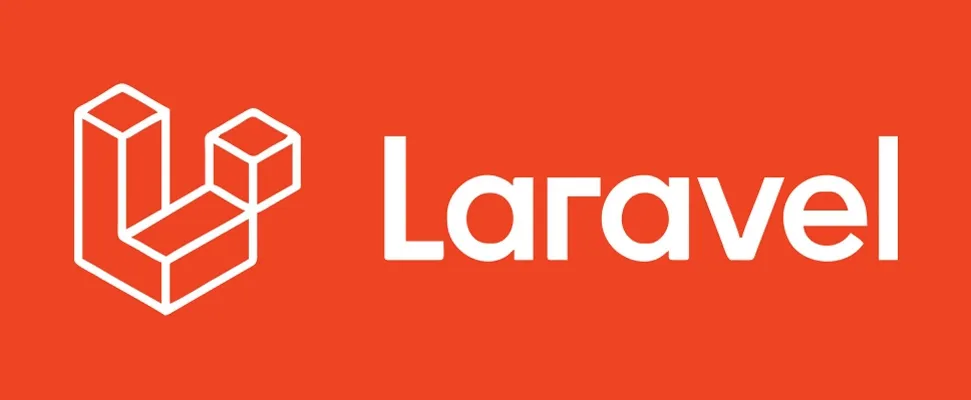How to implement a referral system in Laravel?
Aug 02, 2025 am 06:55 AMCreate a referrals table to record the recommendation relationship, including the referee, the referee, the recommendation code and the usage time; 2. Define belongsToMany and hasMany relationships in the User model to manage the recommendation data; 3. Generate a unique recommendation code when the user registers (can be implemented through model events); 4. Capture the recommendation code by querying parameters during registration, establish a recommendation relationship after verification and prevent self-recommendation; 5. Trigger the reward mechanism when the recommended user completes the specified behavior (subscription order); 6. Generate a shareable recommendation link, and use Laravel signature URL to enhance security; 7. Display recommendation statistics on the dashboard, such as the total number of recommendations and converted numbers; it is necessary to ensure that database constraints, sessions or cookies persist, recommendation code verification and anti-duplication mechanisms are in place. The entire system is based on Laravel's Eloquent relationship and event system, with good maintainability and scalability.

Implementing a referral system in Laravel involves tracking users who refer others and rewarding them when a referred user completes a specific action (like signing up or making a purchase). Here's how to do it step by step in a clean, maintained way.

1. Set Up the Database Structure
You'll need a table to store referral relationships. Create a migration:
php artisan make:migration create_referrals_table
In the migration file:

Schema::create('referrals', function (Blueprint $table) {
$table->id();
$table->foreignId('referring_user_id')->constrained('users')->onDelete('cascade');
$table->foreignId('referred_user_id')->constrained('users')->onDelete('cascade');
$table->string('referral_code')->nullable(); // Optional: for sharing links
$table->timestamp('used_at')->nullable(); // When the referral was completed
$table->timestamps();
$table->unique(['referring_user_id', 'referred_user_id']);
});Run the migration:
php artisan migrate
2. Update the User Model
Add a relationship to the User model ( app/Models/User.php ):

public function referredBy()
{
return $this->belongsToMany(
User::class,
'referrals',
'referred_user_id',
'referring_user_id'
)->withTimestamps();
}
public function referrals()
{
return $this->hasMany(Referral::class, 'referring_user_id');
} Also, ensure your User model has a referral_code field (add it via migration if needed):
php artisan make:migration add_referral_code_to_users
$table->string('referral_code')->unique()->nullable();
3. General Referral Codes
Generate a unique referral code when a user registers. In your RegisterController or a listener:
use Illuminate\Support\Str;
$user = User::create([
'name' => $request->name,
'email' => $request->email,
'password' => Hash::make($request->password),
'referral_code' => Str::random(8), // eg, "ABCD1234"
]); Or use a model event (recommended). In User model's boot method:
protected static function boot()
{
parent::boot();
static::created(function ($user) {
$user->update(['referral_code' => Str::random(8)]);
});
}4. Track Referrals During Registration
When a new user signs up using a referral link like /register?ref=ABCD1234 , capture and store the referral.
In your RegisterController :
public function showRegistrationForm(Request $request)
{
$referralCode = $request->query('ref');
// Optional: store in session for later use
if ($referralCode) {
session(['referral_code' => $referralCode]);
}
return view('auth.register');
} Then in the registration logic ( register method):
public function register(Request $request)
{
// ...validate and create user
$user = User::create([
'name' => $request->name,
'email' => $request->email,
'password' => Hash::make($request->password),
'referral_code' => Str::random(8),
]);
// Check for referral
$referralCode = session('referral_code');
if ($referralCode) {
$referrer = User::where('referral_code', $referralCode)->first();
if ($referrer && $referrer->id !== $user->id) {
// Prevent self-referral
$user->referredBy()->attach($referrer->id, [
'referral_code' => $referralCode,
'used_at' => now()
]);
}
}
// Log in user, etc.
}5. Reward the Referrer (Optional)
You might want to give a reward when the referred user completes an action (eg, first purchase). Use Laravel events or listeners.
Example: Listen to OrderPlaced event:
// In OrderController or event listener
$referral = Referral::where('referred_user_id', $user->id)
->whereNull('used_at')
->first();
if ($referral) {
// Reward the referring user
RewardUserJob::dispatch($referral->referring_user_id);
$referral->update(['used_at' => now()]);
}6. Create Referral Links
Generate sharedable links in your frontend or controller:
$referralLink = url("/register?ref=" . auth()->user()->referral_code);You can shorten it or use Laravel's signed URLs for security:
$referralLink = URL::signedRoute('register', ['ref' => auth()->user()->referral_code]);
7. Display Referral Stats
In a dashboard controller:
$referrals = auth()->user()->referrals()->with('referredUser')->get(); $count = $referrals->count(); $converted = $referrals->whereNotNull('used_at')->count();
Then pass to view.
Key Points to Remember
- ? Prevent self-referral.
- ? Use sessions or cookies to persist referral code across pages.
- ? Consider using cookies to track referrals over longer sessions.
- ? Validate referral codes before applying.
- ? Use database constraints to avoid duplicates.
Basically, it's about tracking who referred who referred whom using a pivot table, generating shareable codes, and optionally rewarding actions. With Laravel's relationships and events, it's clean and scalable.
The above is the detailed content of How to implement a referral system in Laravel?. For more information, please follow other related articles on the PHP Chinese website!

Hot AI Tools

Undress AI Tool
Undress images for free

Undresser.AI Undress
AI-powered app for creating realistic nude photos

AI Clothes Remover
Online AI tool for removing clothes from photos.

Clothoff.io
AI clothes remover

Video Face Swap
Swap faces in any video effortlessly with our completely free AI face swap tool!

Hot Article

Hot Tools

Notepad++7.3.1
Easy-to-use and free code editor

SublimeText3 Chinese version
Chinese version, very easy to use

Zend Studio 13.0.1
Powerful PHP integrated development environment

Dreamweaver CS6
Visual web development tools

SublimeText3 Mac version
God-level code editing software (SublimeText3)

Hot Topics
 How to set environment variables in PHP environment Description of adding PHP running environment variables
Jul 25, 2025 pm 08:33 PM
How to set environment variables in PHP environment Description of adding PHP running environment variables
Jul 25, 2025 pm 08:33 PM
There are three main ways to set environment variables in PHP: 1. Global configuration through php.ini; 2. Passed through a web server (such as SetEnv of Apache or fastcgi_param of Nginx); 3. Use putenv() function in PHP scripts. Among them, php.ini is suitable for global and infrequently changing configurations, web server configuration is suitable for scenarios that need to be isolated, and putenv() is suitable for temporary variables. Persistence policies include configuration files (such as php.ini or web server configuration), .env files are loaded with dotenv library, and dynamic injection of variables in CI/CD processes. Security management sensitive information should be avoided hard-coded, and it is recommended to use.en
 How to make PHP container support automatic construction? Continuously integrated CI configuration method of PHP environment
Jul 25, 2025 pm 08:54 PM
How to make PHP container support automatic construction? Continuously integrated CI configuration method of PHP environment
Jul 25, 2025 pm 08:54 PM
To enable PHP containers to support automatic construction, the core lies in configuring the continuous integration (CI) process. 1. Use Dockerfile to define the PHP environment, including basic image, extension installation, dependency management and permission settings; 2. Configure CI/CD tools such as GitLabCI, and define the build, test and deployment stages through the .gitlab-ci.yml file to achieve automatic construction, testing and deployment; 3. Integrate test frameworks such as PHPUnit to ensure that tests are automatically run after code changes; 4. Use automated deployment strategies such as Kubernetes to define deployment configuration through the deployment.yaml file; 5. Optimize Dockerfile and adopt multi-stage construction
 How to develop AI intelligent form system with PHP PHP intelligent form design and analysis
Jul 25, 2025 pm 05:54 PM
How to develop AI intelligent form system with PHP PHP intelligent form design and analysis
Jul 25, 2025 pm 05:54 PM
When choosing a suitable PHP framework, you need to consider comprehensively according to project needs: Laravel is suitable for rapid development and provides EloquentORM and Blade template engines, which are convenient for database operation and dynamic form rendering; Symfony is more flexible and suitable for complex systems; CodeIgniter is lightweight and suitable for simple applications with high performance requirements. 2. To ensure the accuracy of AI models, we need to start with high-quality data training, reasonable selection of evaluation indicators (such as accuracy, recall, F1 value), regular performance evaluation and model tuning, and ensure code quality through unit testing and integration testing, while continuously monitoring the input data to prevent data drift. 3. Many measures are required to protect user privacy: encrypt and store sensitive data (such as AES
 What is Configuration Caching in Laravel?
Jul 27, 2025 am 03:54 AM
What is Configuration Caching in Laravel?
Jul 27, 2025 am 03:54 AM
Laravel's configuration cache improves performance by merging all configuration files into a single cache file. Enabling configuration cache in a production environment can reduce I/O operations and file parsing on each request, thereby speeding up configuration loading; 1. It should be enabled when the application is deployed, the configuration is stable and no frequent changes are required; 2. After enabling, modify the configuration, you need to re-run phpartisanconfig:cache to take effect; 3. Avoid using dynamic logic or closures that depend on runtime conditions in the configuration file; 4. When troubleshooting problems, you should first clear the cache, check the .env variables and re-cache.
 How to build a content payment platform through PHP How to implement PHP paid reading system
Jul 25, 2025 pm 06:30 PM
How to build a content payment platform through PHP How to implement PHP paid reading system
Jul 25, 2025 pm 06:30 PM
To build a PHP content payment platform, it is necessary to build a user management, content management, payment and permission control system. First, establish a user authentication system and use JWT to achieve lightweight authentication; second, design the backend management interface and database fields to manage paid content; third, integrate Alipay or WeChat payment and ensure process security; fourth, control user access rights through session or cookies. Choosing the Laravel framework can improve development efficiency, use watermarks and user management to prevent content theft, optimize performance requires coordinated improvement of code, database, cache and server configuration, and clear policies must be formulated and malicious behaviors must be prevented.
 How to use PHP combined with AI to analyze video content PHP intelligent video tag generation
Jul 25, 2025 pm 06:15 PM
How to use PHP combined with AI to analyze video content PHP intelligent video tag generation
Jul 25, 2025 pm 06:15 PM
The core idea of PHP combining AI for video content analysis is to let PHP serve as the backend "glue", first upload video to cloud storage, and then call AI services (such as Google CloudVideoAI, etc.) for asynchronous analysis; 2. PHP parses the JSON results, extract people, objects, scenes, voice and other information to generate intelligent tags and store them in the database; 3. The advantage is to use PHP's mature web ecosystem to quickly integrate AI capabilities, which is suitable for projects with existing PHP systems to efficiently implement; 4. Common challenges include large file processing (directly transmitted to cloud storage with pre-signed URLs), asynchronous tasks (introducing message queues), cost control (on-demand analysis, budget monitoring) and result optimization (label standardization); 5. Smart tags significantly improve visual
 PHP development user permission management monetization PHP permission control and role management
Jul 25, 2025 pm 06:51 PM
PHP development user permission management monetization PHP permission control and role management
Jul 25, 2025 pm 06:51 PM
User permission management is the core mechanism for realizing product monetization in PHP development. It separates users, roles and permissions through a role-based access control (RBAC) model to achieve flexible permission allocation and management. The specific steps include: 1. Design three tables of users, roles, and permissions and two intermediate tables of user_roles and role_permissions; 2. Implement permission checking methods in the code such as $user->can('edit_post'); 3. Use cache to improve performance; 4. Use permission control to realize product function layering and differentiated services, thereby supporting membership system and pricing strategies; 5. Avoid the permission granularity is too coarse or too fine, and use "investment"
 Explain Laravel Eloquent Scopes.
Jul 26, 2025 am 07:22 AM
Explain Laravel Eloquent Scopes.
Jul 26, 2025 am 07:22 AM
Laravel's EloquentScopes is a tool that encapsulates common query logic, divided into local scope and global scope. 1. The local scope is defined with a method starting with scope and needs to be called explicitly, such as Post::published(); 2. The global scope is automatically applied to all queries, often used for soft deletion or multi-tenant systems, and the Scope interface needs to be implemented and registered in the model; 3. The scope can be equipped with parameters, such as filtering articles by year or month, and corresponding parameters are passed in when calling; 4. Pay attention to naming specifications, chain calls, temporary disabling and combination expansion when using to improve code clarity and reusability.






